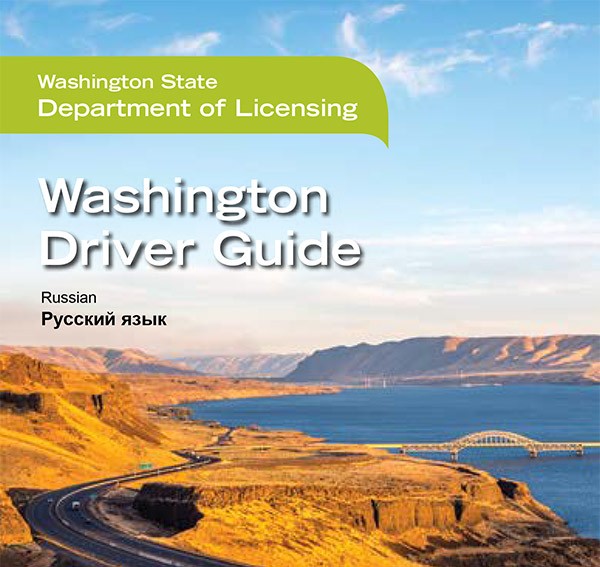
Traffic Rules for Washington Drivers
Content
Driving in Washington state gives you many great opportunities to see some of the country's most beautiful natural attractions. If you live in or visit Washington DC and plan to drive there, you should be familiar with the rules of the road in Washington DC.
General safety rules in Washington
All drivers and passengers of moving vehicles in Washington must wear seat belts.
Children under 13s must ride in the back seat. Children under the age of eight and/or less than 4'9 must be secured in a child or booster seat. Children under 40 pounds must also use an booster seat, and infants and toddlers must be secured in appropriate child restraints.
You must stop at school buses with flashing red lights whether you are approaching from behind or from the front. The only exception to this rule is when you are driving in the opposite lane on a highway with three or more marked lanes, or on a highway divided by a median or other physical barrier.
As in all other states, you must always yield emergency vehicles when their lights are flashing. Whichever direction the ambulance is approaching, you must do your best to clear the road and let them through. Stop if necessary and never enter an intersection when an ambulance is approaching.
Pedestrians will always have the right-of-way at the marked pedestrian crossing. Motorists must always give way to pedestrians before entering the roadway from a private driveway or lane. Be aware that pedestrians may cross the road when you turn at an intersection.
In Washington, cyclists have the opportunity to ride in bike lanes, on the side of the road or on sidewalks. On sidewalks and crosswalks, they must yield to pedestrians and use their horn before overtaking a pedestrian. Motorists must give way to cyclists on cycle lanes when turning and pass at a safe distance between the vehicle and the bicycle.
When you face yellow flashing traffic lights in Washington, this means you must slow down and drive with care. When the flashing lights are red, you must stop and give way to vehicles, pedestrians and/or cyclists crossing the road.
Failed traffic lights that do not flash at all should be considered four-way stop intersections.
All Washington motorcyclists must wear approved helmets when operating or riding a motorcycle. You can get a motorcycle validation for your Washington State driver's license if you complete a motorcycle safety validation course or pass a knowledge and skill test administered by an approved test facility.
Keeping Everyone Safe on the Roads in Washington DC
Walkthrough on the left is allowed in Washington if you see a dotted yellow or white line between lanes. It is forbidden to overtake anywhere where you see a “Do Not Pass” sign and/or if you see a solid line between traffic lanes. Overtaking at intersections is also prohibited.
By stopping at a red light, you can right on red if there is no prohibition sign.
reversals are legal in Washington DC anywhere there is no "No U-Turn" sign, but you should never make a U-turn on a curve or anywhere where you can't see at least 500 feet in each direction.
Four way stop intersections in Washington work the same way as they do in other states. The one who arrives at the intersection first will pass first after a complete stop. If several drivers arrive at the same time, the driver on the right will go first (after stopping), the driver on the left will follow, and so on.
Intersection blocking is never legal in Washington State. Do not attempt to move through an intersection unless you can go all the way and clear the roadway for cross traffic.
When entering the freeway, you may encounter linear measurement signals. They are similar to traffic lights, but usually only consist of red and green light, and the green signal is very short. They are placed at ramps to allow one car to enter the freeway and merge into traffic.
High capacity vehicle (HOV) lanes reserved for vehicles with multiple passengers. They are marked with white diamonds and signs that indicate how many passengers your vehicle must have in order to claim a lane. The "HOV 3" sign requires vehicles to have three passengers to travel in the lane.
Drunk driving, accidents and other rules for drivers from Washington
Driving Under the Influence (DUI) in Washington refers to driving with a BAC (blood alcohol content) above the legal limit for alcohol and/or THC.
If you participate in accident in Washington, move your vehicle off the road if possible, exchange contact and insurance information with other driver(s), and wait for police to arrive at or near the scene of the accident.
You can use radar detectors in your personal passenger car in Washington, but they cannot be used in commercial vehicles.
Vehicles registered in Washington must have a valid front and rear. number plates.